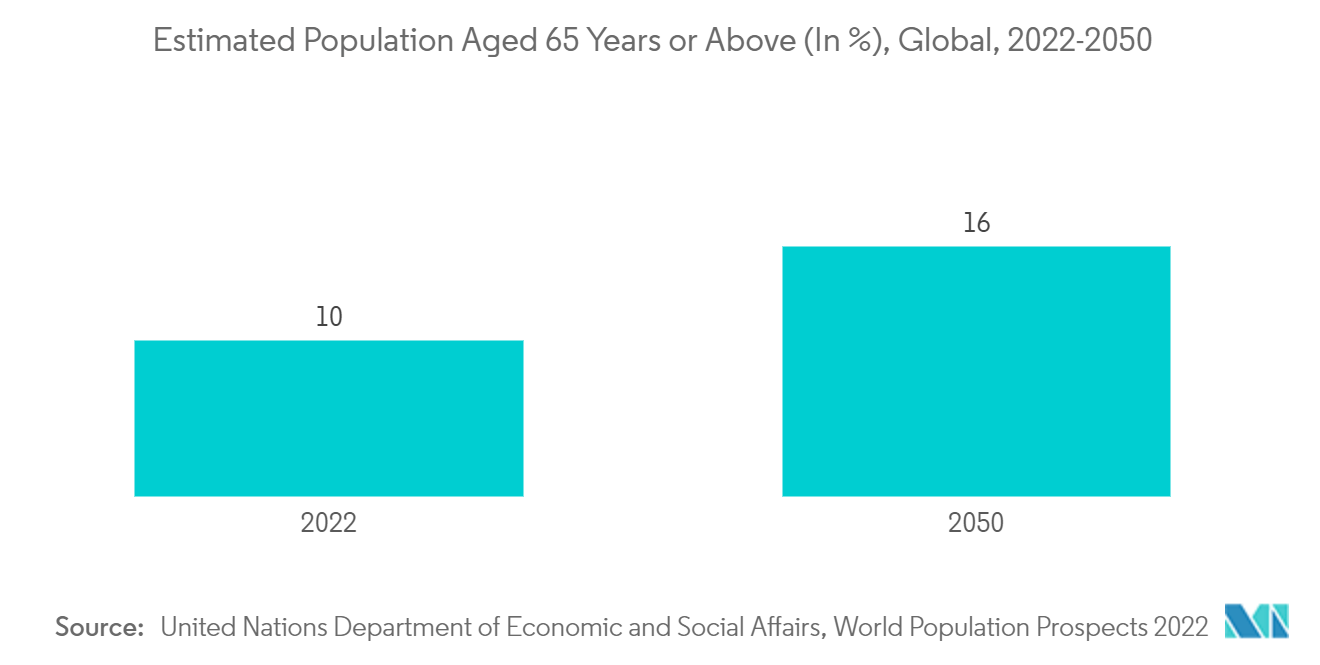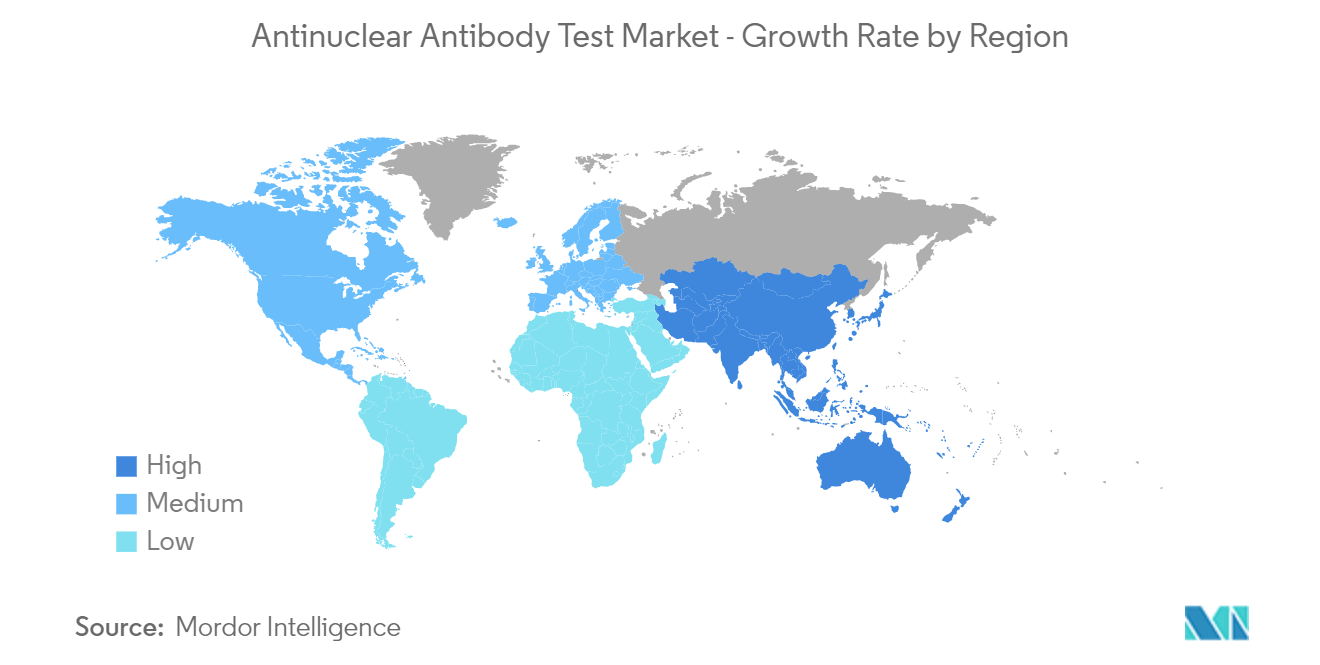Market Trends of Antinuclear Antibody Test Industry
This section covers the major market trends shaping the Antinuclear Antibody Test Market according to our research experts:
Immunofluorescence Assay is Expected to Hold the Major Share Over the Forecast Period
The immunofluorescence (IFA) assay is expected to account for the major share of the market. Dominance can be attributed to the increased adoption of the technique as the gold standard for antinuclear antibody testing. Highly sensitive and rapid test results compared to other methods increased their preference among clinicians. Furthermore, their ability to identify the various patterns, such as nucleolar, speckled, and homogenous, indicate autoantibodies associated with diseases and fuel the segment's growth.
Moreover, the new research studies using immunofluorescence in the anti-nuclear antibody assay help to diagnose diseases more effectively and are expected to have growth in the market through this segment. For instance, as per the study published by Arthritis Research & Therapy in January 2022, systemic lupus erythematosus (SLE) patients' saliva was assayed for ANA using immunofluorescence (IF) and showed that salivary ANA IF intensities were significantly higher in SLE patients than in healthy controls, irrespective of SLE patient disease activity. Thus, rising research and development activities indicating the benefits of immunofluorescence tests will increase its global demand, thereby driving the segment toward growth.
Furthermore, rising investments in the segment to develop a diagnostic platform for autoimmune diseases such as rheumatoid arthritis and others are further expected to drive market growth. For instance, in June 2021, Prantae Solutions is being funded under the India-Russia Joint Technology Assessment and Accelerated Commercialization Program to develop a platform for rapid point-of-care diagnosis of Rheumatoid Arthritis (RA) by a technique called multiplex immunofluorescence analysis based on disposable cartridges. The company aims to create a mobile point-of-care technology for rapid identification of RA to overcome the difficulties associated with ELISA-based serological diagnosis. Such findings will also boost the development of immunofluorescence assays, thereby driving the market through this segment.
Thus, the above-mentioned factors like the increasing burden of autoimmune diseases and investments in new developments, increase the widespread of immunofluorescence assays due to their comparative advantages and are responsible for adequate segment growth during the study period.

North America is Expected to Have a Significant Growth in the Market Over the Forecast Period
North America is expected to dominate the market during the forecast period. The United States within the North American region is expected to account for the largest market during the study period. The dominance is due to several factors, such as the high burden of autoimmune diseases and the increasing geriatric population, who are more prone to infections leading to high demand for earlier diagnosis and effective treatment in the region.
For instance, as per CDC, April 2022 update, In the United States, 58.5 million were estimated to have arthritis which is expected to increase as the country's population ages. It also stated that an estimated 25.7 million persons experience arthritis-related limitations in their daily activities. By 2040, the number is projected to increase to 35 million. Similarly, as per Statistics Canada 2022, the total arthritis patients aged 15 and above were estimated as 19.5% which is compared to 19.1% in the previous year. Hence, the rising prevalence of autoimmune disease increases the demand for effective diagnosis using antinuclear antibody test and drive the market over the forecast period.
Furthermore, launching new diagnostic products for autoimmune diseases will drive market growth during the study period. For instance, in March 2021, EUROIMMUN, a PerkinElmer, Inc. company, launched the EUROPattern Microscope Live (EPML) compact immunofluorescence microscope that allows for ultrafast automated immunofluorescence image acquisition. Indirect immunofluorescence tests (IIFT) are diagnostic assays used to detect antibodies in a patient sample. In addition to its other capabilities, this microscope will aid in the diagnosis and testing of antinuclear antibodies, which will aid in fully meeting the expectations of the healthcare industry and boost the market to grow.
Thus, the above-mentioned factors like the rising prevalence of autoimmune diseases and new product launches increase the demand for the test and are expected to grow the market during the study period in the country.


